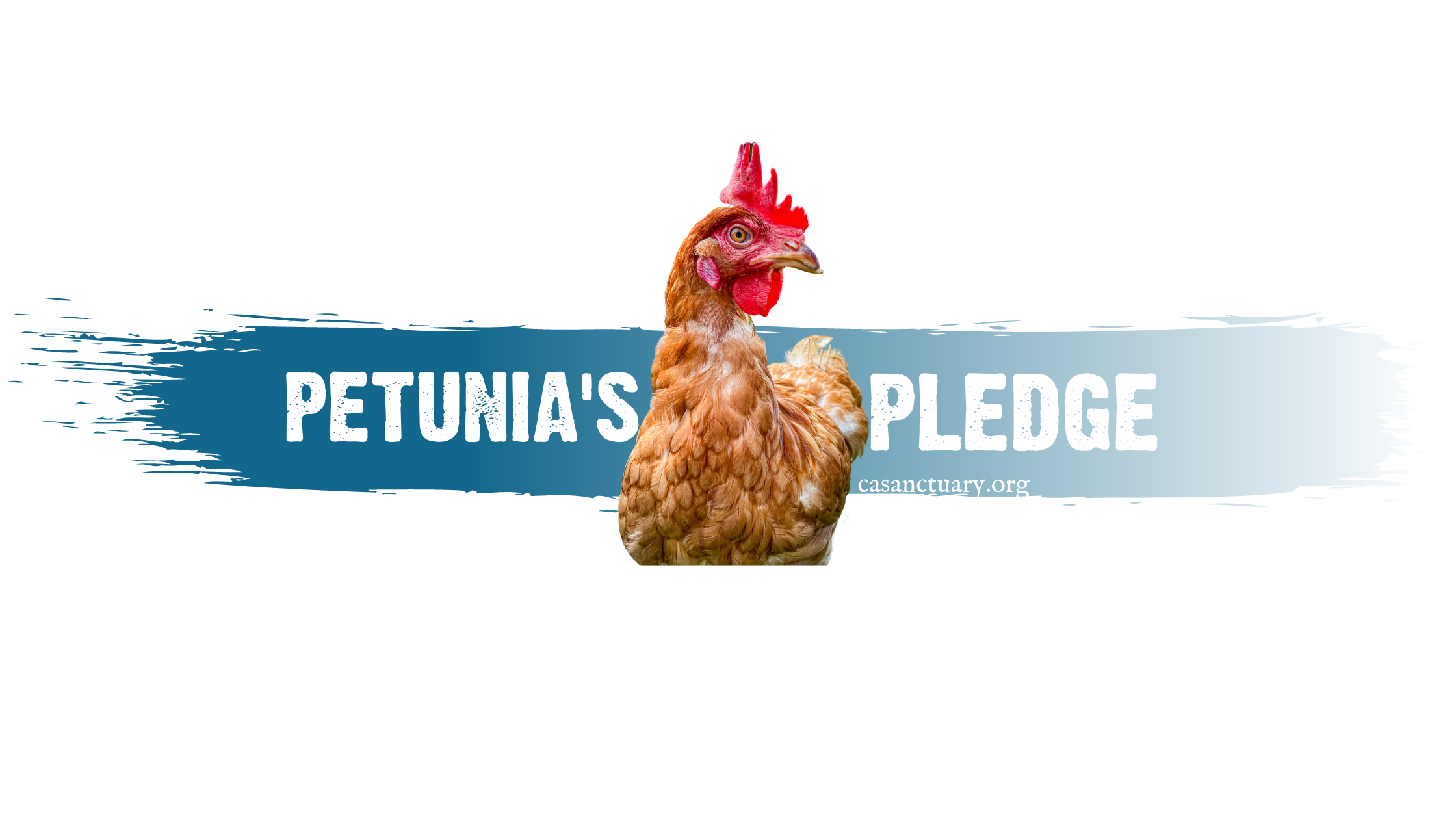With permission. Originally published by Sentient Media.
For the short lives that egg-laying chickens live—usually around 2 years—their lives are stressful. The total number of chickens raised for eggs in Canada is over 25.8 million.
Canada has over 1,000 egg farms and hens are forced to lay approximately 320 eggs in one year. Eighty-four percent of Canadian egg-laying hens spend their entire lives in cages. Around 66 percent of caged birds are housed in conventional “battery” cages, while the remaining 18 percent are housed in “enriched” slightly larger cages. On average, each hen is given less space than a standard sheet of printed paper.
The use of battery cages is still the most common method of raising egg-laying chickens worldwide. In the countries that are part of the International Egg Commission, which includes Nigeria, the U.S., Brazil, and Germany, about 88.7 percent of hens are kept in battery cages.
The egg production process is started by debeaking the chicks who are just a few hours or a day old. This process is done without any painkillers. Due to the pain, the chicks often are unable to eat or drink water leaving them dehydrated and starving until they heal. As there is not enough space, the hens are not able to move around or expand their wings. Additionally, they are unable to clean themselves and have no option but to sit on their urine and feces.
The male chicks born in the egg industry are regarded as waste and are discarded within hours of being born. It's a standard practice to throw them in the garbage, kill them in gas chambers, or grind them in "Macerators."
The air inside egg farming buildings is full of ammonia which is toxic for the birds and they can suffer respiratory illnesses and even die from the effects. Because the number of hens within factory farms is large, farmers are unable to keep up with the dead birds, so the surviving hens are often forced to live next to other dead hens.
Rather than the 10 to 15 eggs laid naturally in a year by red jungle fowl—the presumed ancestor of today’s domestic chicken—industrially farmed hens have been manipulated to lay more than 300 eggs per year. This is almost 30 times more than the natural amount of eggs produced by one hen.
For a more detailed record of the life of layer-hens, please visit our “Life of a Hen” page.
Please consider taking ‘Petunia’s Pledge’ below and enjoy the free live events organized by Catskill Animal Sanctuary.



